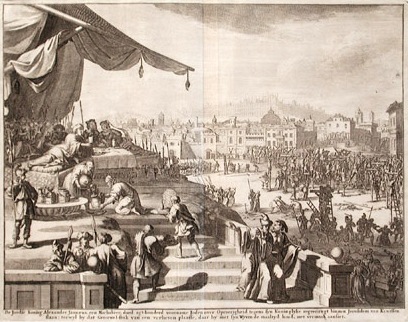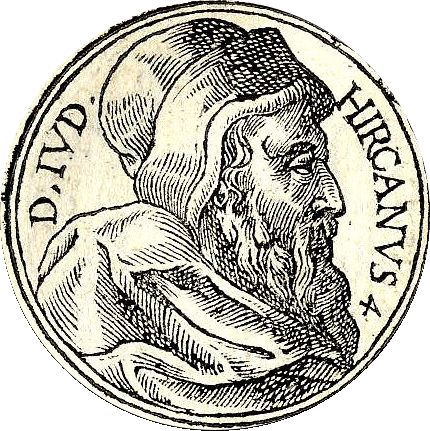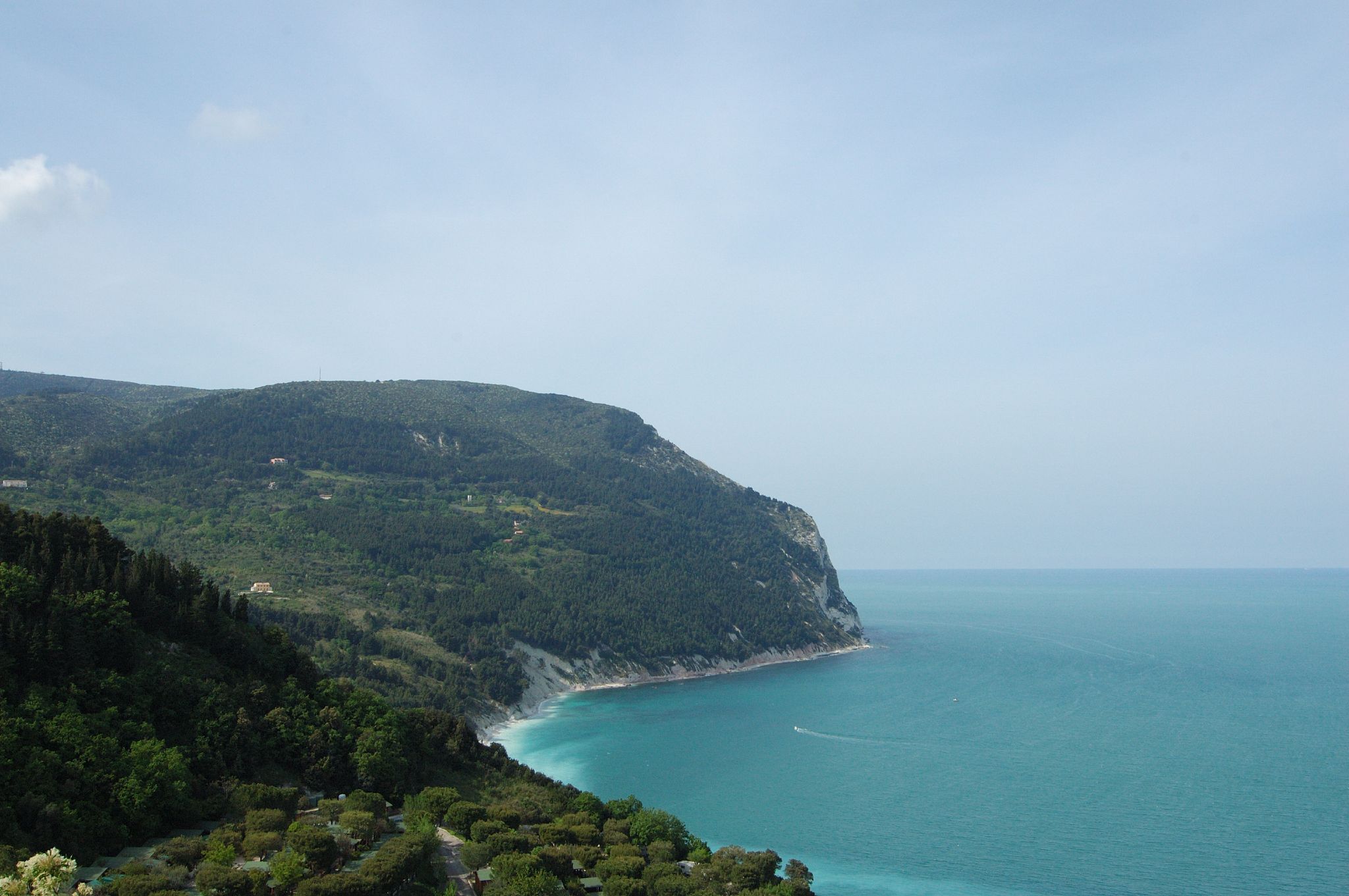|
Alexander Jannaeus
Alexander Jannaeus ( grc-gre, Ἀλέξανδρος Ἰανναῖος ; he, ''Yannaʾy''; born Jonathan ) was the second king of the Hasmonean dynasty, who ruled over an expanding kingdom of Judea from 103 to 76 BCE. A son of John Hyrcanus, he inherited the throne from his brother Aristobulus I, and married his brother's widow, Queen Salome Alexandra. From his conquests to expand the kingdom to a bloody civil war, Alexander's reign has been generalised as cruel and oppressive with never-ending conflict. The major historical sources of Alexander's life are Josephus's ''Antiquities of the Jews'' and '' The Jewish War''. The kingdom of Alexander Jannaeus was the largest and strongest known Jewish State outside of biblical sources, having conquered most of Palestine's Mediterranean coastline and regions surrounding the Jordan River. Alexander also had many of his subjects killed for their disapproval of his handling of state affairs. Due to his territorial expansion and inte ... [...More Info...] [...Related Items...] OR: [Wikipedia] [Google] [Baidu] |
Guillaume Rouillé
Guillaume Rouillé ( la, Gulielmus Rovillium; 15181589), also called Roville or Rovillius, was one of the most prominent humanist bookseller- printers in 16th-century Lyon. He invented the pocket book format called the ''sextodecimo'', printed with sixteen leaves to the folio sheet, half the size of the octavo format, and published many works of history and poetry as well as medicine, in addition to his useful compilations and handbooks. Rouillé was born in Tours. Though he was a Frenchman, he served his apprenticeship in the Venetian printing-house of Gabriele Giolito de' Ferrari, and retained his connections with Venice as a source of texts after his arrival in Lyon around 1543. Among his works was the French translation by Barthélemy Aneau of Andrea Alciato's pioneering emblem book, which formed part of a major publishing venture in Lyons by the team of Guillaume Rouillé and his printer Macé Bonhomme, 1549, which extended to translations in Italian and Spanish. Rouill� ... [...More Info...] [...Related Items...] OR: [Wikipedia] [Google] [Baidu] |
Palestine (region)
Palestine ( el, Παλαιστίνη, ; la, Palaestina; ar, فلسطين, , , ; he, פלשתינה, ) is a geographic region in Western Asia. It is usually considered to include Israel and the State of Palestine (i.e. West Bank and Gaza Strip), though some definitions also include part of northwestern Jordan. The first written records to attest the name of the region were those of the Twentieth dynasty of Egypt, which used the term "Peleset" in reference to the neighboring people or land. In the 8th century, Assyrian inscriptions refer to the region of "Palashtu" or "Pilistu". In the Hellenistic period, these names were carried over into Greek, appearing in the Histories of Herodotus in the more recognizable form of "Palaistine". The Roman Empire initially used other terms for the region, such as Judaea, but renamed the region Syria Palaestina after the Bar Kokhba revolt. During the Byzantine period, the region was split into the provinces of Palaestina Prima, Pal ... [...More Info...] [...Related Items...] OR: [Wikipedia] [Google] [Baidu] |
Second Temple
The Second Temple (, , ), later known as Herod's Temple, was the reconstructed Temple in Jerusalem between and 70 CE. It replaced Solomon's Temple, which had been built at the same location in the United Kingdom of Israel before being inherited by the Kingdom of Judah in and then destroyed by the Neo-Babylonian Empire during the Babylonian siege of Jerusalem in . Construction on the Second Temple began some time after the Neo-Babylonian Empire was conquered by the Achaemenid Persian Empire; it followed a proclamation by Persian king Cyrus the Great (see Edict of Cyrus) that ended the Babylonian captivity and initiated the return to Zion. In Jewish history, the Second Temple's completion in Persian Judah marks the beginning of the Second Temple period. According to the Bible, the Second Temple was originally a relatively modest structure built by Jews who had returned from exile in Babylon under the authority of Persian-appointed governor Zerubbabel, the grandson of pen ... [...More Info...] [...Related Items...] OR: [Wikipedia] [Google] [Baidu] |
Modiin
Modi'in-Maccabim-Re'ut ( he, מוֹדִיעִין-מַכַּבִּים-רֵעוּת) is an Israeli city located in central Israel, about southeast of Tel Aviv and west of Jerusalem, and is connected to those two cities via Highway 443. In the population was . The population density in that year was 1,794 people per square kilometer. The modern city was named after the ancient Jewish town of Modi'in, which existed in the same area. Modi'in was the place of origin of the Maccabees, the Jewish rebels who freed Judea from the rule of the Selucid Empire and established the Hasmonean dynasty, events commemorated by the holiday of Hanukkah. The modern city was built in the 20th century. A small part of the city (the Maccabim neighborhood) is not recognized by the European Union as being in Israel, as it lies in what the 1949 Armistice Agreement with Jordan left as a no man's land, and was occupied in 1967 by Israel after it was captured from Jordan together with the West Bank pr ... [...More Info...] [...Related Items...] OR: [Wikipedia] [Google] [Baidu] |
Talmud
The Talmud (; he, , Talmūḏ) is the central text of Rabbinic Judaism and the primary source of Jewish religious law ('' halakha'') and Jewish theology. Until the advent of modernity, in nearly all Jewish communities, the Talmud was the centerpiece of Jewish cultural life and was foundational to "all Jewish thought and aspirations", serving also as "the guide for the daily life" of Jews. The term ''Talmud'' normally refers to the collection of writings named specifically the Babylonian Talmud (), although there is also an earlier collection known as the Jerusalem Talmud (). It may also traditionally be called (), a Hebrew abbreviation of , or the "six orders" of the Mishnah. The Talmud has two components: the Mishnah (, 200 CE), a written compendium of the Oral Torah; and the Gemara (, 500 CE), an elucidation of the Mishnah and related Tannaitic writings that often ventures onto other subjects and expounds broadly on the Hebrew Bible. The term "Talmud" may refer to ... [...More Info...] [...Related Items...] OR: [Wikipedia] [Google] [Baidu] |
High Priest Of Israel
High Priest ( he, כהן גדול, translit=Kohen Gadol or ; ) was the title of the chief religious official of Judaism from the early post-Exilic times until the destruction of the Second Temple in Jerusalem by the Romans in 70 CE. Previously, in the Israelite religion, including during the time of the kingdoms of Israel and Judah, other terms were used to designate the leading priests; however, as long as a king was in place, the supreme ecclesiastical authority lay with him. The official introduction of the term "high priest" went hand-in-hand with a greatly enhanced ritual and political significance bestowed upon the chief priest of the Israelites in the post-Exilic period, especially from 411 BCE onward due to the religious transformations brought about during the time of the Babylonian captivity and due to the lack of a Jewish king and kingdom. The high priests belonged to the Jewish priestly families that trace their paternal line back to Aaron—the first high pries ... [...More Info...] [...Related Items...] OR: [Wikipedia] [Google] [Baidu] |
Pharisee
The Pharisees (; he, פְּרוּשִׁים, Pərūšīm) were a Jewish social movement and a school of thought in the Levant during the time of Second Temple Judaism. After the destruction of the Second Temple in 70 CE, Pharisaic beliefs became the foundational, liturgical, and ritualistic basis for Rabbinic Judaism. Conflicts between Pharisees and Sadducees took place in the context of much broader and longstanding social and religious conflicts among Jews, made worse by the Roman conquest. One conflict was cultural, between those who favored Hellenization (the Sadducees) and those who resisted it (the Pharisees). Another was juridical-religious, between those who emphasized the importance of the Temple with its rites and services, and those who emphasized the importance of other Mosaic Laws. A specifically religious point of conflict involved different interpretations of the Torah and how to apply it to current Jewish life, with Sadducees recognizing only the Written Tor ... [...More Info...] [...Related Items...] OR: [Wikipedia] [Google] [Baidu] |
Simeon Ben Shetach
Simeon ben Shetach, or Shimon ben Shetach or Shatach (), ''circa'' 140-60 BCE, was a Pharisee scholar and Nasi of the Sanhedrin during the reigns of Alexander Jannæus (c. 103-76 BCE) and his successor, Queen Salome Alexandra (c. 76-67 BCE), who was Simeon's sister. He was therefore closely connected with the court, enjoying, at least initially, the favor of Alexander. Although a rabbi by profession, the omission of such an epithet when referred to in rabbinic literature is said to attest to his greatness as a rabbinic Sage, ranking with Hillel. The Shim'on ben Shatah Street in the center of Jerusalem carries his name. Under Alexander Jannaeus During the reign of Alexander the Sanhedrin consisted almost entirely of Sadducees; nevertheless Simeon succeeded in ousting some of the Sadducean members and in replacing them with Pharisees. Having accomplished this, Simeon recalled from Alexandria, Egypt the Pharisees who had been compelled to seek refuge there during the reign of Ale ... [...More Info...] [...Related Items...] OR: [Wikipedia] [Google] [Baidu] |
Pharisaic
The Pharisees (; he, פְּרוּשִׁים, Pərūšīm) were a Jewish social movement and a school of thought in the Levant during the time of Second Temple Judaism. After the destruction of the Second Temple in 70 CE, Pharisaic beliefs became the foundational, liturgical, and ritualistic basis for Rabbinic Judaism. Conflicts between Pharisees and Sadducees took place in the context of much broader and longstanding social and religious conflicts among Jews, made worse by the Roman conquest. One conflict was cultural, between those who favored Hellenization (the Sadducees) and those who resisted it (the Pharisees). Another was juridical-religious, between those who emphasized the importance of the Temple with its rites and services, and those who emphasized the importance of other Mosaic Laws. A specifically religious point of conflict involved different interpretations of the Torah and how to apply it to current Jewish life, with Sadducees recognizing only the Written Torah ... [...More Info...] [...Related Items...] OR: [Wikipedia] [Google] [Baidu] |
Sadducees
The Sadducees (; he, צְדוּקִים, Ṣədūqīm) were a socio- religious sect of Jewish people who were active in Judea during the Second Temple period, from the second century BCE through the destruction of the Second Temple , Temple in 70 CE. The Sadducees are often compared to other contemporaneous sects, including the Pharisees and the Essenes. Josephus, writing at the end of the 1st century CE, associates the sect with the upper social and economic echelon of Judean society. As a whole, they fulfilled various political, social, and religious roles, including maintaining the Temple in Jerusalem. The group became extinct some time after the destruction of Herod's Temple in Jerusalem in 70 CE. Etymology According to Abraham Geiger, the Sadducee sect of Judaism derived their name (Greek: Saddoukaioi; Hebrew: ṣāddūqim) from that of Zadok, the first High Priest of Israel, High Priest of ancient Israel in the time of Solomon to serve in the First Temple; ... [...More Info...] [...Related Items...] OR: [Wikipedia] [Google] [Baidu] |
Pompey
Gnaeus Pompeius Magnus (; 29 September 106 BC – 28 September 48 BC), known in English as Pompey or Pompey the Great, was a leading Roman general and statesman. He played a significant role in the transformation of Rome from republic to empire. He was (for a time) a student of Roman general Sulla as well as the political ally, and later enemy, of Julius Caesar. A member of the senatorial nobility, Pompey entered into a military career while still young. He rose to prominence serving the dictator Sulla as a commander in the civil war of 83–82 BC. Pompey's success as a general while young enabled him to advance directly to his first Roman consulship without following the traditional '' cursus honorum'' (the required steps to advance in a political career). He was elected as Roman consul on three occasions. He celebrated three Roman triumphs, served as a commander in the Sertorian War, the Third Servile War, the Third Mithridatic War, and in v ... [...More Info...] [...Related Items...] OR: [Wikipedia] [Google] [Baidu] |
Levirate Marriage
Levirate marriage is a type of marriage in which the brother of a deceased man is obliged to marry his brother's widow. Levirate marriage has been practiced by societies with a strong clan structure in which exogamous marriage (i.e. marriage outside the clan) is forbidden. Etymology The term ''levirate'' is derived from the Latin ''levir'', meaning "husband's brother". Background and rationale Levirate marriage can, at its most positive, serve as protection for the widow and her children, ensuring that they have a male provider and protector. Levirate marriage can be a positive in a society where women must rely on men to provide for them, especially in societies where women are under the authority of, dependent on, in servitude to or regarded as possessions of their husbands, and to ensure the survival of the clan. The practice of levirate marriage is strongly associated with patriarchal societies. The practice was extremely important in ancient times (e.g., Ancient Near Ea ... [...More Info...] [...Related Items...] OR: [Wikipedia] [Google] [Baidu] |









